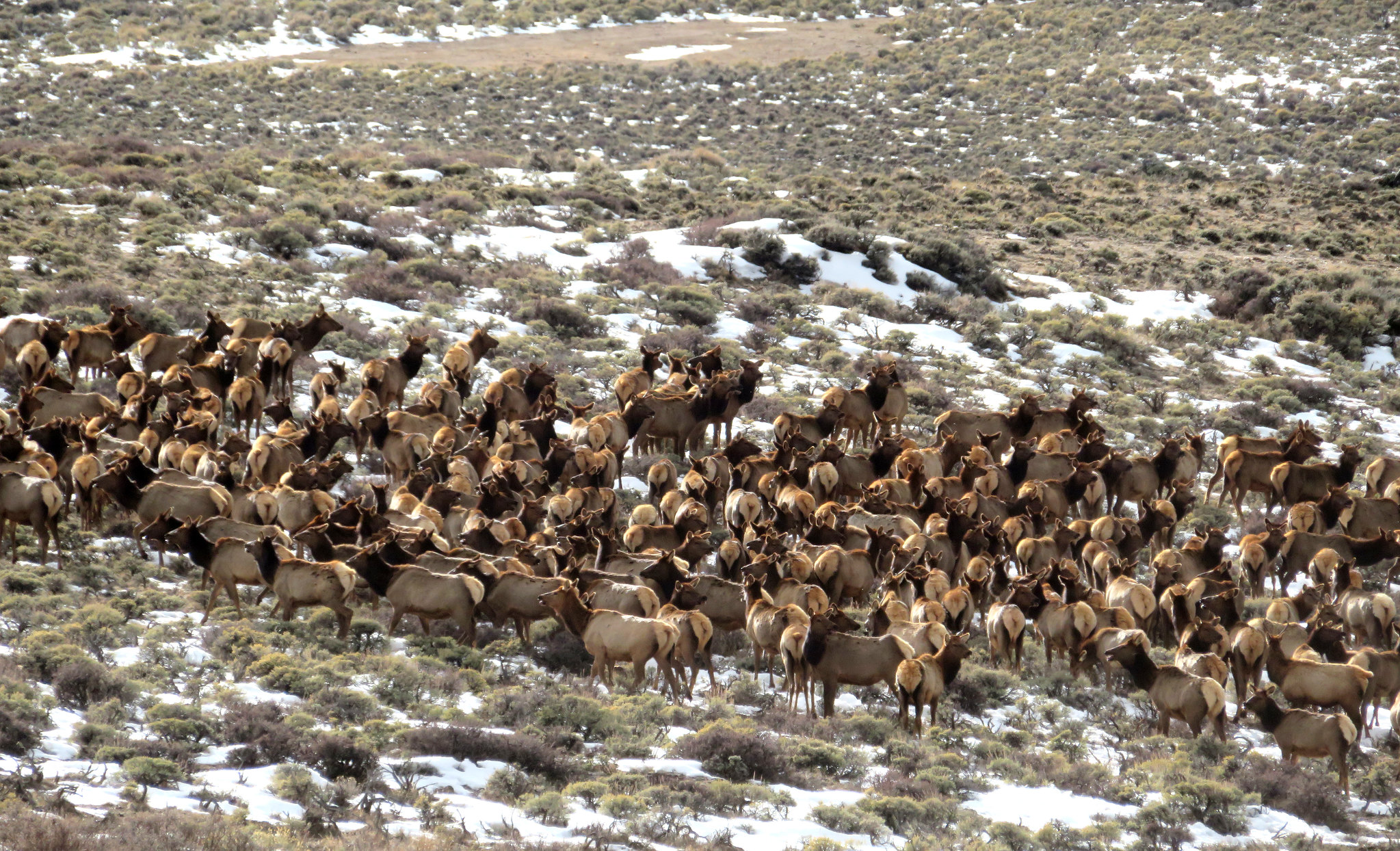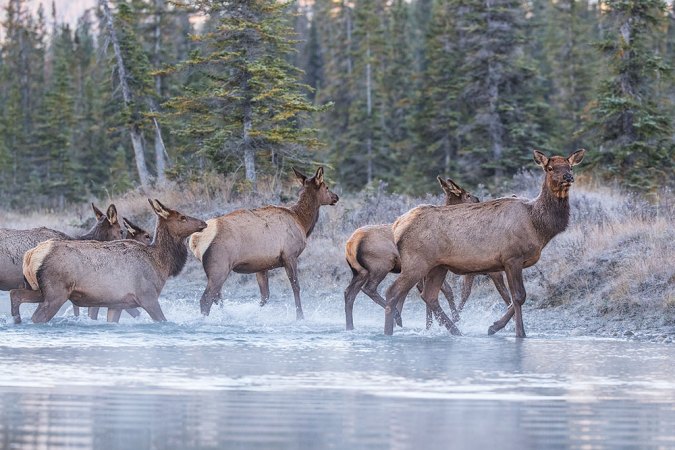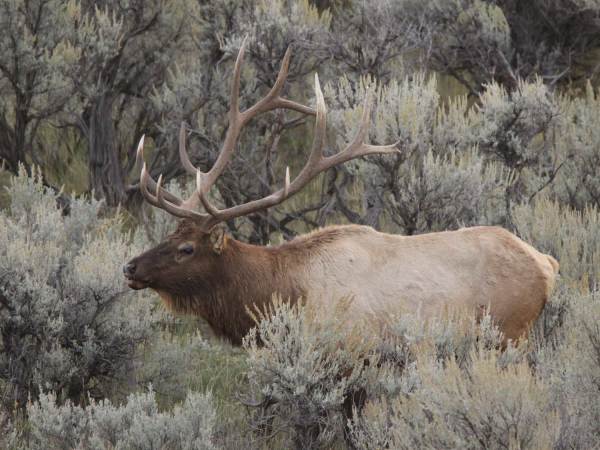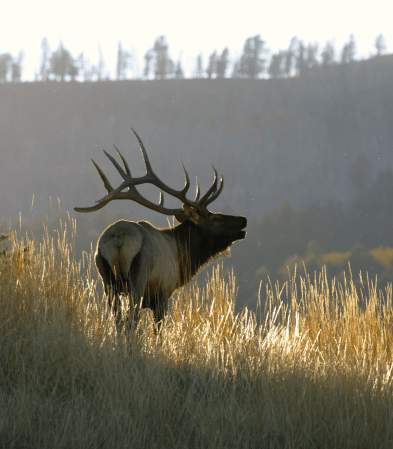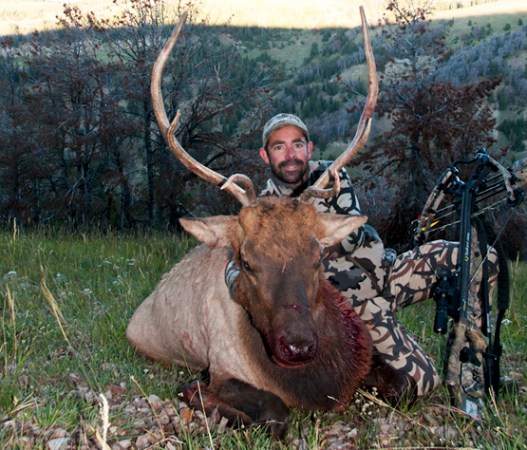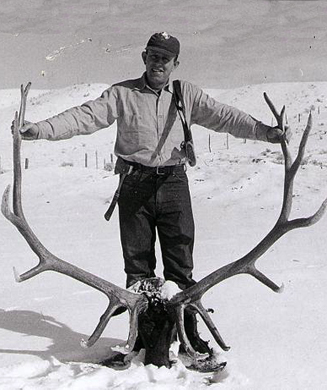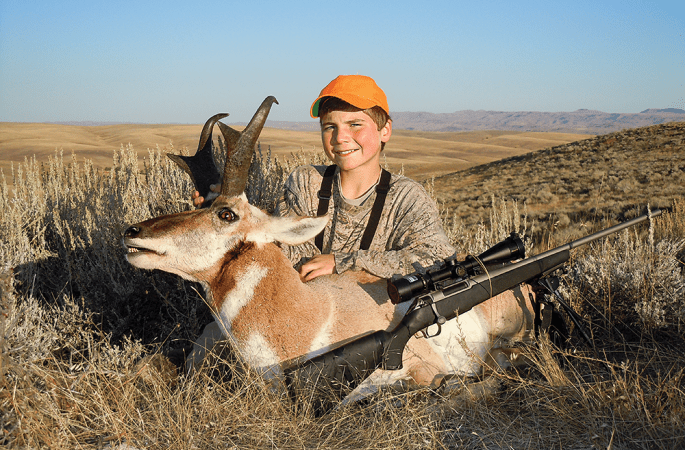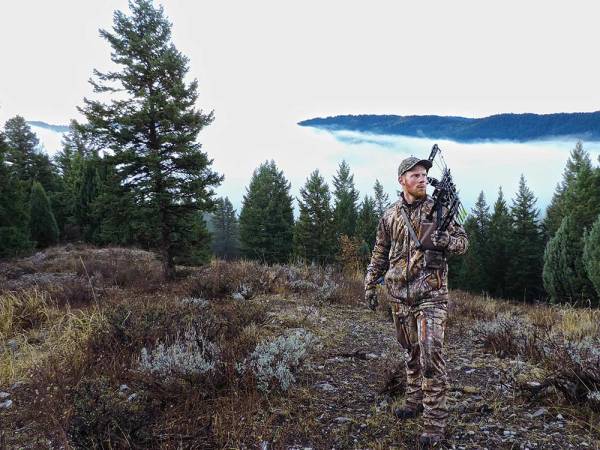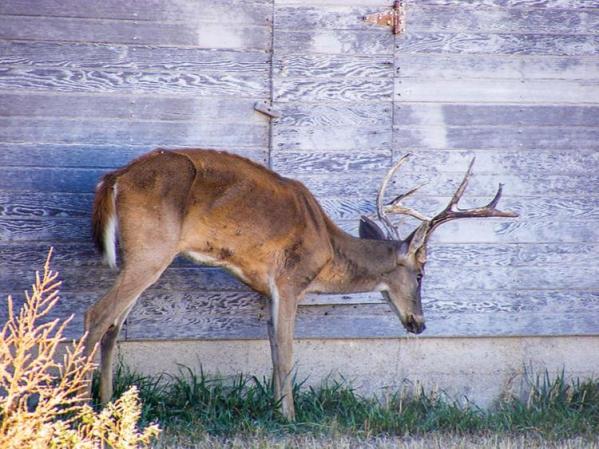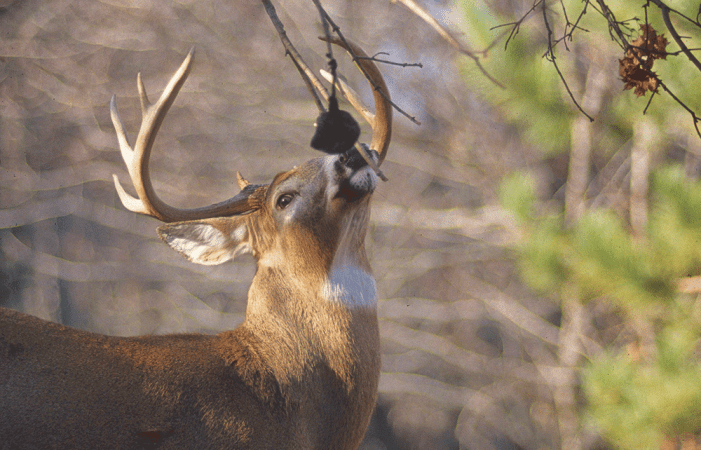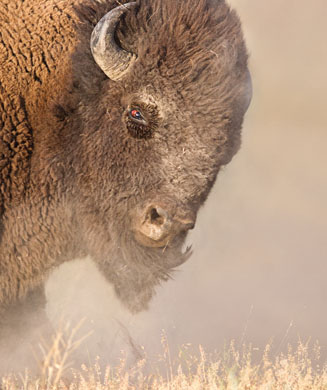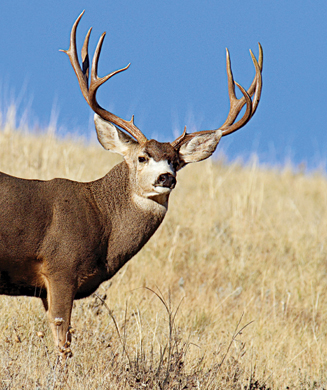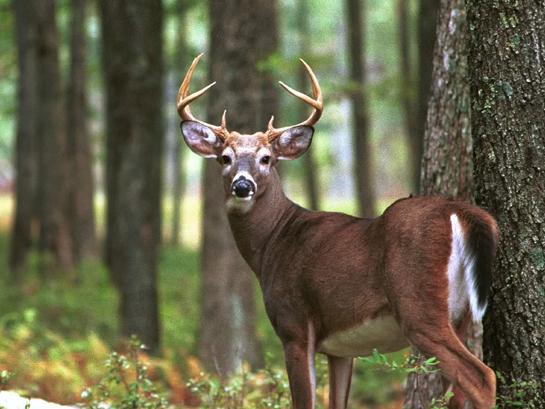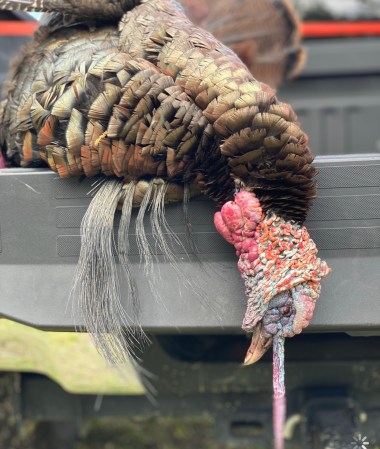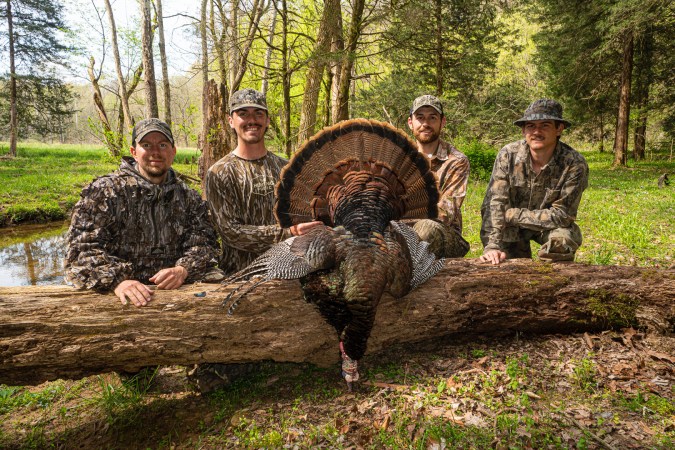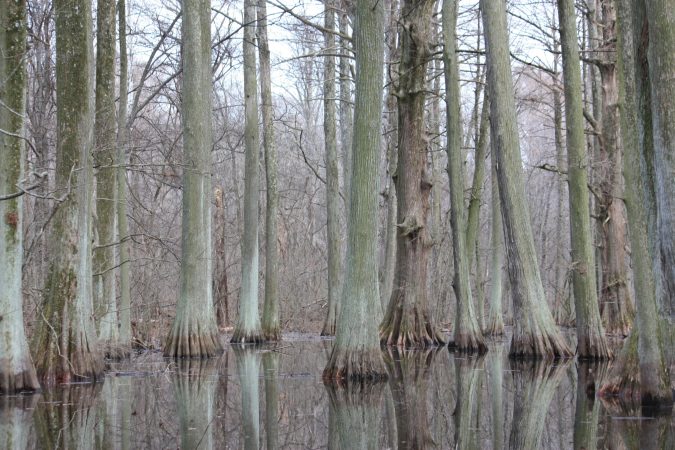While drought and disease wreak havoc in the Western states on deer populations, elk in Wyoming thrive. In certain areas of the state, there are more than the Wyoming Game and Fish Department wants. To help manage the issue, the Wyoming Wildlife Taskforce is trying to find ways to apply pressure to herds that congregate in specific areas.
The Laramie Mountains are one of these specific areas. Elk have always lived in the area, but now herds of elk actually outnumber domestic animals on ranches in some cases.
“At any given one time, there are more elk on our property than we own cattle,” Mark Grant said to WyoFile. “There were elk this morning on this far meadow. They were down eating the green alfalfa starting to grow.”
He said elk have become a major concern to ranchers and farmers all across the areas, and that pressure from hunters on public land have pushed elk herds to private land in large numbers.
The Laramie Mountains have between double and triple the WGFD’s objective of 5,000 elk. Statewide, there’s an overpopulation, but the biggest issue is the distribution of elk across the landscape and then access to that distribution. Wildlife officials could potentially move elk to other areas of the state, and then issue more hunting licenses to help control the population, but members of the taskforce note some issues with that.
First, it’s a matter of how to pressure the animals so they will move to a new area. Second, there’s the question of hunting access to the public land where they would be relocated.
“Area seven has a lot of public land. Access is miserable,” said Adam Teten, a member of the Wyoming Wildlife Taskforce. “Give out a million tags. You’re still not going to knock down the elk herd because there’s no way for hunters to get in there and be effective.”
The taskforce is made of 18 members appointed by the state legislature, governor’s office, and WGFD. (It proposed a bill in March that would grant in-state hunters a higher percentage of the “big five” game tags in the state.) Additionally, ranchers are trying to host more elk hunters, but sometimes that’s more trouble for them and ends up costing them more in the long run.
Read Next: Virginia to Hold First-Ever Managed Elk Hunt This Fall
“There were hundreds and hundreds of people coming in and out, and they did it dang near every day,” said Dax McCarty, supervisor of Wagonhound Ranch. “It took a ton of resources from the ranch and manpower and fuel.”
The taskforce is considering a new type of license that would be valid only on private land, but nothing concrete has come through yet. In fact, changing how licensing works could lead to other issues.
In Montana, wildlife officials ultimately backpedaled on a new elk management strategy after public backlash. The proposal was to involved private property licenses while reducing the number of public-land hunting licenses. A similar approach in Wyoming would likely come up against similar arguments.
“If it were simple, it would already be fixed,” said Sweetwater County resident Josh Coursey, a co-chair of the Wyoming Wildlife Taskforce.
